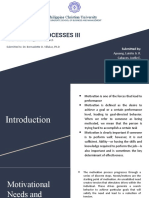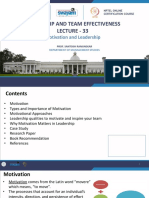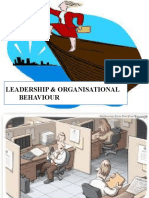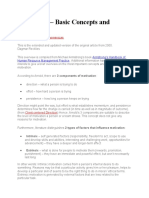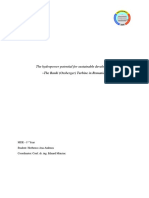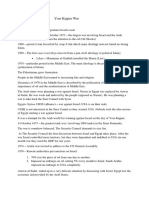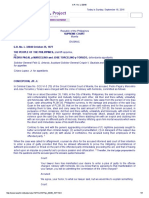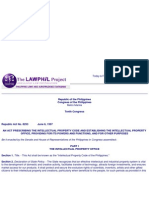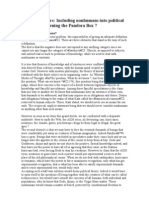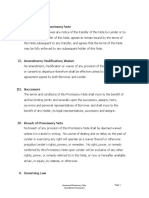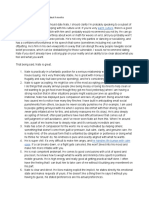0% found this document useful (0 votes)
80 views26 pagesModule 2
This document discusses individual behavior within organizations. It defines individual behavior as goal-directed, motivated actions that can be directly or indirectly observed. Key individual differences that influence behavior are abilities, skills, attitudes, values, personality, and perception. Gender differences are small for abilities but exist for absenteeism and leadership style preferences. Personality traits like locus of control and self-efficacy also impact behavior, with high self-efficacy leading to greater effort, perseverance, and performance. Factors like trust in the message sender can influence changes in individual attitudes.
Uploaded by
Ana Andreea HorbencoCopyright
© © All Rights Reserved
We take content rights seriously. If you suspect this is your content, claim it here.
Available Formats
Download as PDF, TXT or read online on Scribd
0% found this document useful (0 votes)
80 views26 pagesModule 2
This document discusses individual behavior within organizations. It defines individual behavior as goal-directed, motivated actions that can be directly or indirectly observed. Key individual differences that influence behavior are abilities, skills, attitudes, values, personality, and perception. Gender differences are small for abilities but exist for absenteeism and leadership style preferences. Personality traits like locus of control and self-efficacy also impact behavior, with high self-efficacy leading to greater effort, perseverance, and performance. Factors like trust in the message sender can influence changes in individual attitudes.
Uploaded by
Ana Andreea HorbencoCopyright
© © All Rights Reserved
We take content rights seriously. If you suspect this is your content, claim it here.
Available Formats
Download as PDF, TXT or read online on Scribd
/ 26







